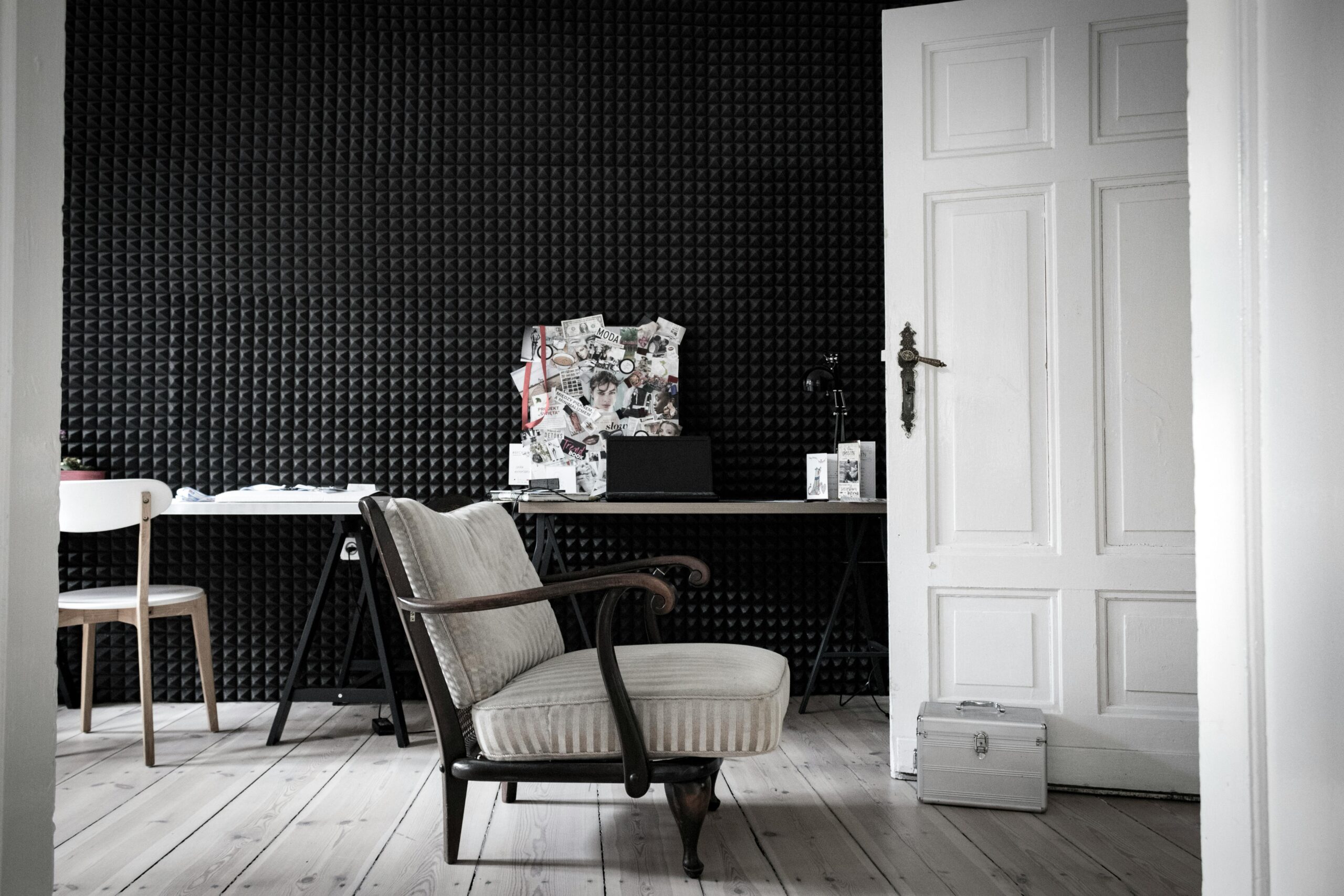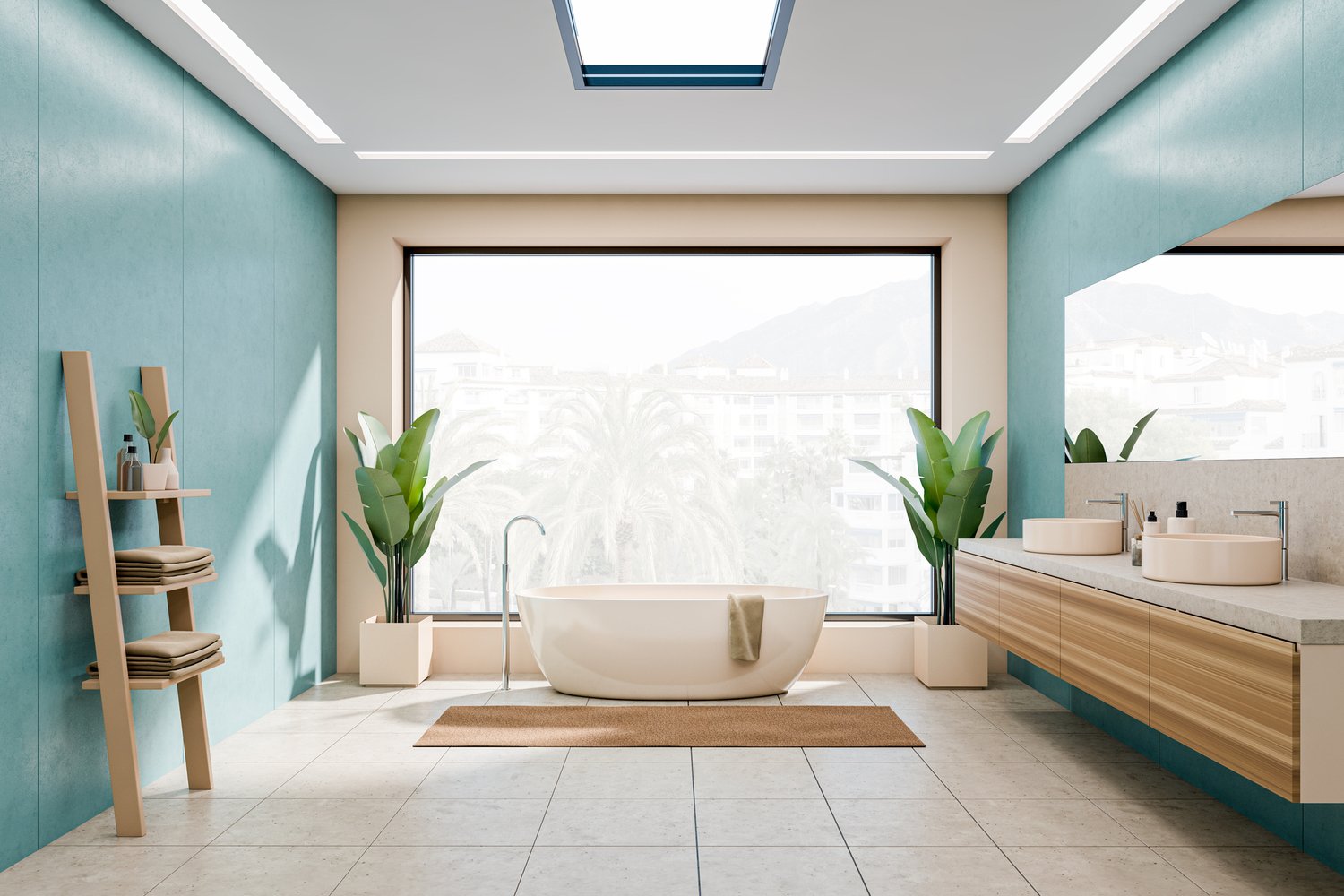In today’s increasingly noisy world, creating a peaceful sanctuary within our homes has become more important than ever. Effective soundproofing building design techniques can dramatically improve quality of life by reducing unwanted noise intrusion from both external and internal sources. This article explores architectural and construction strategies for noise reduction architecture, examining how materials, construction methods, and thoughtful design can create genuinely quiet home construction outcomes. From basic principles to advanced acoustic design homes features, we’ll cover practical approaches to soundproofing that can be incorporated during new construction or renovation projects.
Understanding Sound Transmission
Sound travels through air and solid materials as vibrations, making it challenging to control in building environments. In acoustic design homes, we must address two distinct types of noise: airborne sound (voices, music, traffic) and impact sound (footsteps, dropped objects). These sound waves can enter our living spaces through direct air gaps, by causing walls and floors to vibrate, or by traveling through building materials themselves. Effective noise reduction architecture requires understanding these transmission paths and implementing strategic barriers at each point. When planning soundproofing building design, it’s essential to identify the specific noise sources affecting your space to implement targeted solutions rather than generic approaches.
Key Principles of Acoustic Design
Successful quiet home construction relies on four fundamental principles: mass, damping, decoupling, and absorption. Mass refers to using dense, heavy materials that naturally block sound transmission. Damping involves adding materials that convert sound energy into heat energy, reducing vibrations. Decoupling means physically separating construction elements to prevent vibrations from traveling between them. Absorption involves using materials that soak up sound waves rather than reflecting them back into the space. Professional consultants from AskHomey recommend implementing multiple strategies simultaneously for the most effective noise reduction architecture, as each principle addresses different aspects of sound control.
Exterior Soundproofing Strategies
Creating effective barriers against external noise begins with the building envelope. High-performance windows with double or triple glazing and varying glass thicknesses significantly reduce sound transmission compared to standard options. For walls, increasing mass through brick, concrete, or multiple layers of drywall with acoustic sealant between layers can dramatically improve soundproofing building design outcomes. Roof insulation with high-density materials helps block overhead noise from rain, aircraft, or neighboring buildings. Strategic landscaping featuring dense shrubs, trees, and decorative walls can also serve as initial sound barriers, particularly in urban environments where traffic and neighborhood noise create constant sound pressure.
Interior Sound Control Methods
Within the home, thoughtful interior design and construction techniques can prevent sound from traveling between rooms. Flooring choices significantly impact acoustic performance, with carpet and cork offering natural sound absorption compared to hardwood or tile. For existing hard floors, area rugs with thick padding underneath can provide substantial acoustic improvement. Wall construction benefits from staggered stud techniques, where alternating studs support opposite sides of the wall, reducing direct sound transmission paths. Sealing all potential air gaps around outlets, switches, and where walls meet floors and ceilings is essential in quiet home construction, as even small openings can drastically reduce the effectiveness of otherwise solid soundproofing measures.
Advanced Acoustic Solutions
For spaces requiring superior sound isolation, specialized acoustic design homes features may be necessary. Floating floors, which use resilient underlayments to separate the finished floor from the structural subfloor, effectively block impact noise transmission. Resilient channel systems create an air gap between drywall and studs, significantly reducing sound transfer through walls and ceilings. Mass-loaded vinyl, a flexible but dense material, can be installed within wall cavities or behind drywall to add substantial sound-blocking mass without excessive thickness. These advanced techniques are particularly valuable in multi-family buildings, home theaters, music rooms, or homes in exceptionally noisy environments where standard approaches may prove insufficient.
Practical Implementation Considerations
When implementing soundproofing building design elements, timing and budget constraints often guide decisions. For new construction, incorporating acoustic features during the initial building phase is most cost-effective. For renovations, focusing on the most problematic areas first yields the greatest return on investment. It’s worth noting that soundproofing materials often provide additional benefits beyond noise reduction architecture, including improved thermal insulation and greater privacy. These secondary advantages can help justify the investment in higher-quality materials and construction techniques, particularly when considering the long-term value and comfort of your living space.
Balancing Aesthetics and Functionality
Effective noise control doesn’t require sacrificing visual appeal. Modern acoustic materials come in stylish designs that enhance rather than detract from interior aesthetics. Decorative acoustic panels can serve as wall art while absorbing sound reflections. Custom-built furniture with acoustic properties can provide dual functionality. Interior designers experienced in quiet home construction can recommend strategies that maintain your desired style while improving acoustic performance. This balanced approach ensures that your home remains both beautiful and peaceful, addressing the growing desire for spaces that support mental wellbeing through thoughtful acoustic design.
For more tips and to connect with reliable home service professionals, follow AskHomey on Facebook and Instagram.



